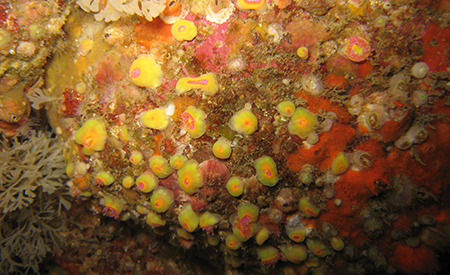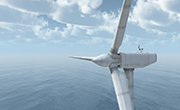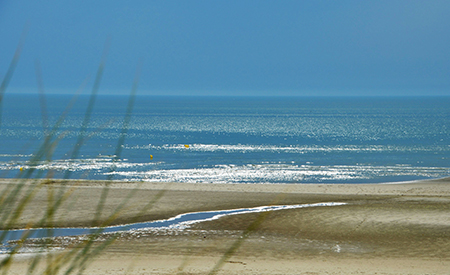Floating offshore wind
Type of resources
Available actions
Topics
Keywords
Contact for the resource
Provided by
Years
Formats
status
-
The objective of the APPEAL project was to develop an integrated approach to measure the effects of floating offshore wind farms on the functioning of coastal ecosystems.
-
This deliverable refers to the socio-ecosystem model that has been developed
-
The use of an ecological niche model has made it possible to characterize, on the one hand, the effects of climate change on the native species of the Bay of Biscay, such as displacements of favorable habitats towards higher latitudes, or, in a to a lesser extent, a decrease in the area of favorable habitat for native species. On the other hand, the potential displacement of the favorable habitat of some subtropical species (currently present along the Moroccan coast) in the Bay of Biscay could be expected. They would then become non-indigenous species (NIS)
-

During the ABIOP project launch meeting, the consortium agreed to add a task to the project aimed at identifying the challenges of biocolonisation in an ORE context. This additional work is indeed necessary because it allows the organisation, updating and presentation of the reflections undertaken by biofouling experts from various industrial and research entities and federated by FEM, for several years on this topic.
-

This document identifies gaps in knowledge and emphasizes the need for long-term monitoring of marine mammals in order to better understand the impacts of wind turbines on them
-

The objective of the ARCWIND project was to assess the feasibility of floating wind farms in deep waters in the Eastern Atlantic.
-

In the context of the development of marine renewable energies in France, the recommendations report produced within the framework of the TROPHIK project is the first French approach to an integrated study on ecosystem changes related to the implementation of an offshore wind farm.
-

Measurement of the diameter of biocolonised moorings and biofouling composition at T+6 months of immersion.
-

Measurement of the diameter of the biocolonised moorings and the composition of the biofouling at T+12 months of immersion.
-

Report describing the methodology and results of the simulations
 Catalogue PIGMA
Catalogue PIGMA